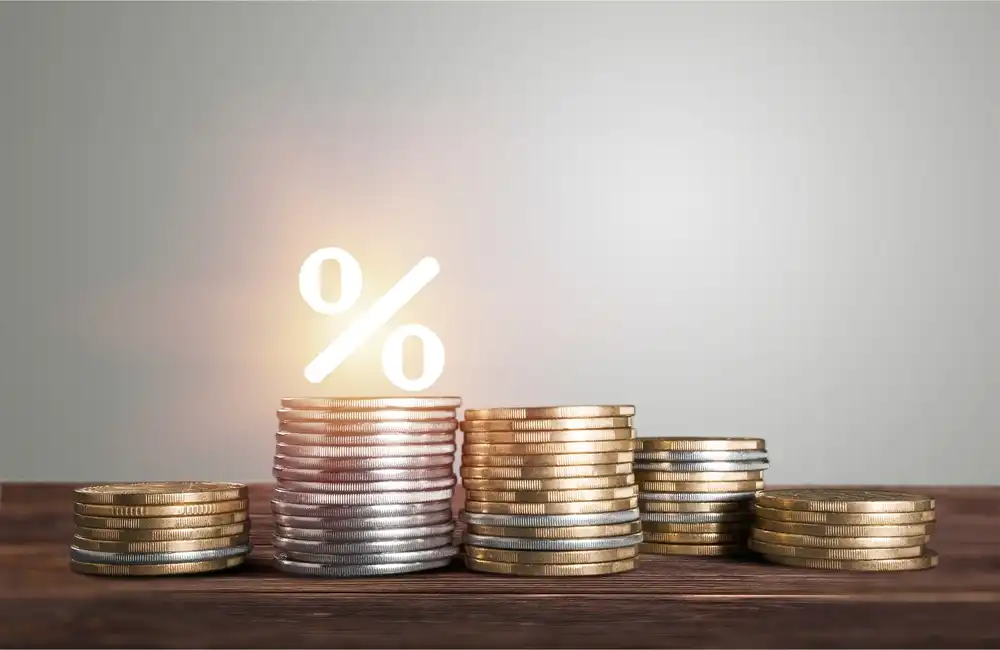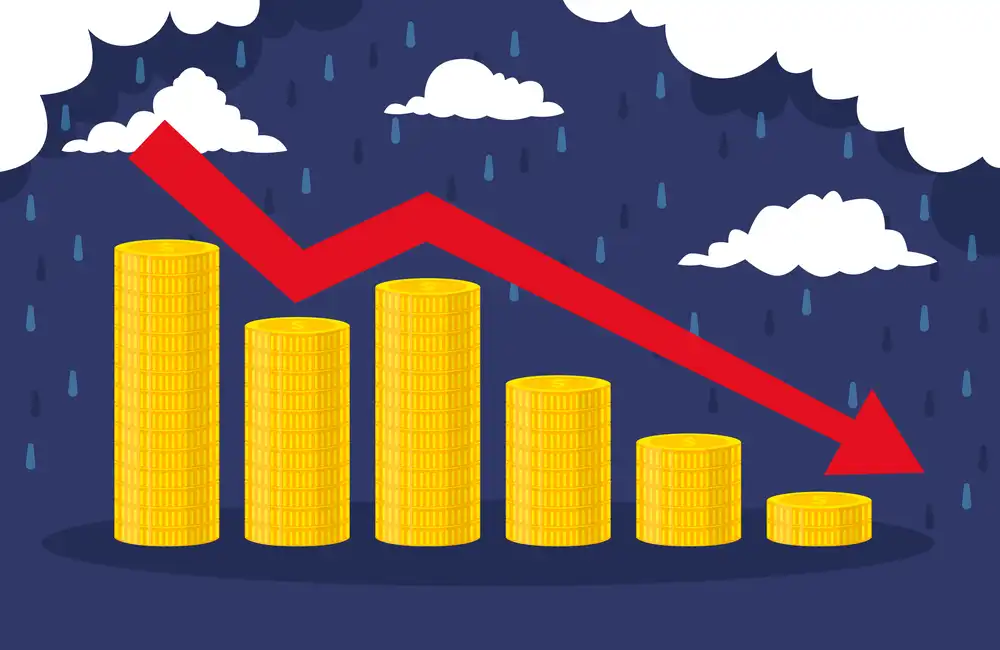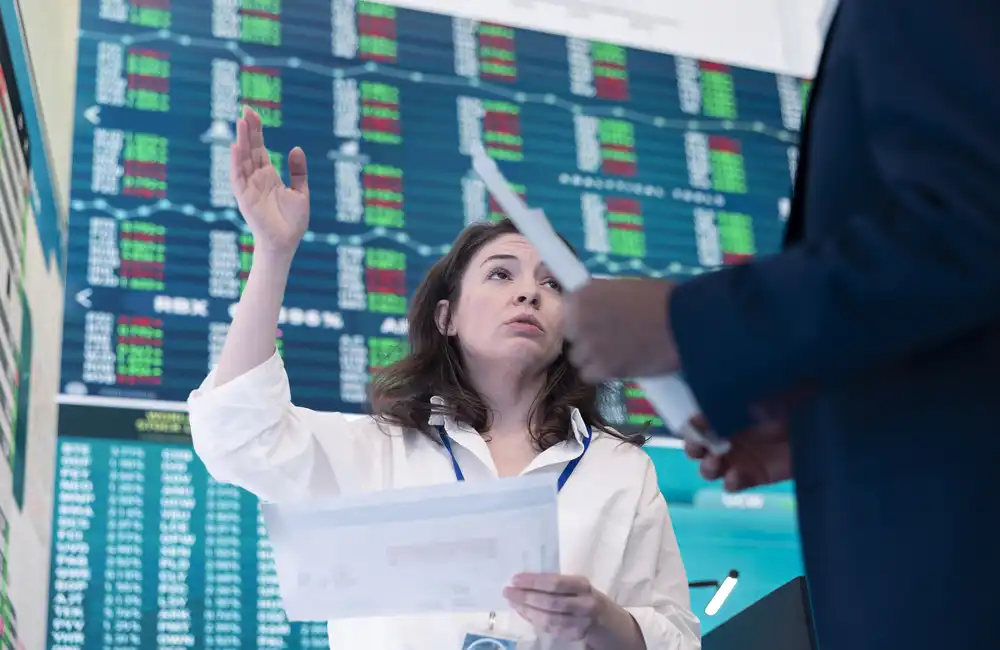The British pound (GBP) reached a seven-month high against the US dollar (USD) due to unexpectedly strong UK economic performance and shifting expectations for monetary policy.
Recent weeks have shown GBP/USD gaining strength, impacting trade activity, investment decisions and inflation forecasts across both economies.
Exchange-Rate Movement
This week, sterling hit $1.32 against the dollar—its highest level since March 2023—recovering sharply from last year’s lows.
Technical analysts note an upward trading channel, with $1.3150 as strong support and $1.33 as near-term resistance.
Economic and Policy Drivers
BoE Hawkish Stance
The Bank of England’s focus on inflation control, signaled by Governor Andrew Bailey, underpins sterling’s strength and opens the door to further rate hikes.
Cautious Fed Approach
Signs of slowing US growth and Fed Chair Jerome Powell’s signal that rate hikes may be pausing have reduced the dollar’s appeal.
Interest-Rate Differential Compression
A narrowing gap between UK and US interest rates has shifted investor preference toward sterling.
Impact on Trade and Inflation
A stronger pound lowers import costs—helping tame UK inflation—but makes exports less competitive in global markets.
The weaker dollar benefits US exporters abroad but raises import prices, complicating inflation control in the United States.
Expert Perspectives
Jane Parsons, Citibank
She attributes the surge to robust UK data and softer Fed forecasts, calling sustained economic resilience vital for further gains.
Lucas Greenfield, HSBC
He warns the BoE must avoid over-tightening, as an overvalued pound could undermine long-term export growth.
Investor Guidance
Corporate Treasurers
Use forward contracts and proven hedging tactics to lock in favourable exchange rates and protect margins.
Fund Managers
Shift into sterling-denominated assets and options to capitalise on currency gains and diversify portfolios.
Outlook
Sterling’s ability to break $1.33 depends on future BoE-Fed policy alignment and incoming economic data.
Geopolitical risks and export competitiveness remain key factors in sustaining this rally.
Conclusion
Sterling holds a strong position today, but its path forward hinges on domestic strength and international policy shifts.




















